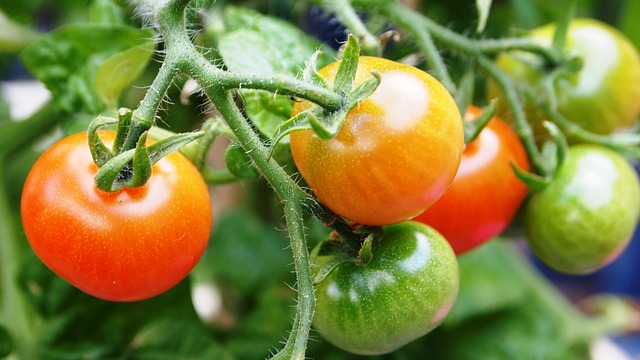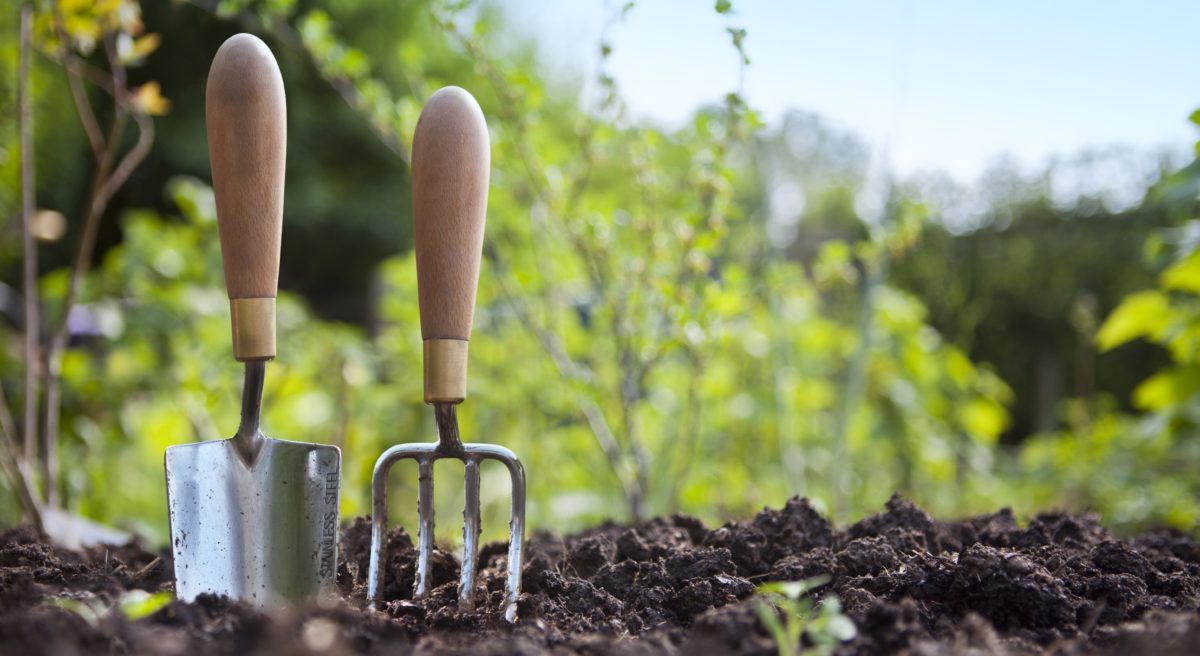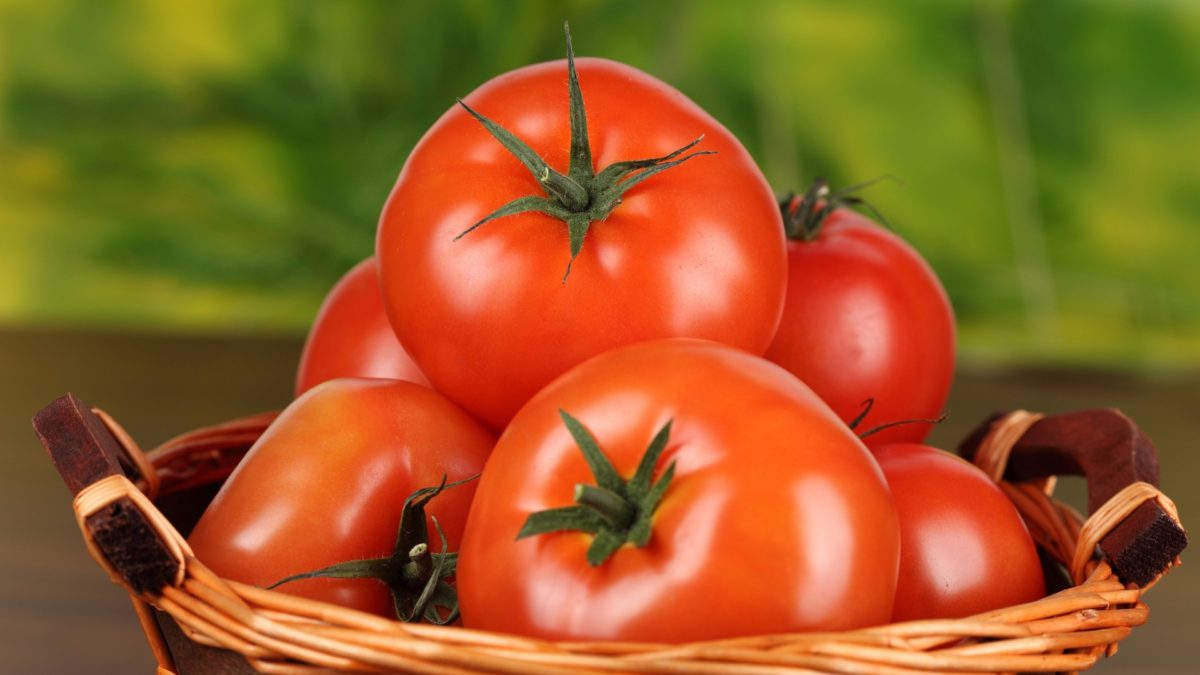Tomatoes. Salads, hamburgers, and spaghetti sauce wouldn’t be the same without them, and no one can deny that fresh, homegrown tomatoes are superior to those that are bought at the grocery store. Many people are intimidated by the prospect of growing their own tomatoes, but by learning a few tried and true tips, anyone can grow bountiful tomato plants.
To grow your best tomatoes ever, follow these tips:
1. Soil Preparation: Prepare the soil in a place that gets plenty of sun and drains well. The soil should be rich in organic material and can be soaked with compost tea, a liquid extract of compost that contains plant growth compounds and beneficial microorganisms. Before planting either a seedling or a seed, test the soil with a ph test kit, which can be found at most gardening stores. The soil should be between 5.5 to 5.8 on the ph scale.

2. Plant the Seedlings Deep: Plant the seedling deep in the soil, deeper than the pot it came in, so that roots will grow all along the stem which will make the plant stronger. Tomato plants are a vine, so grow the tomato plant up, using a tomato cage to prevent the plants from sprawling on the ground and becoming more susceptible to pests and diseases. Place the cage over the plant after planting so that it can provide support as the plant grows.
3. Grow from Seeds Indoors First: If you wish to grow tomatoes from the seed, sow them indoors 6 to 8 weeks before the last frost. Then, follow tip two for planting seedlings after the threat of frost has passed.
4. Use a Tomato Cage: Tomato plants are actually vines, so grow the tomato plant up, using a tomato cage to prevent the plants from sprawling on the ground and becoming more susceptible to pests and diseases. Place the cage over the plant after planting so that it can provide support as the plant grows. You will probably have to adjust the stems to direct them in and out of the cage rungs as the plant grows.
5. Water Correctly: Water near the base of the plant regularly, making sure not to miss a watering because this can lead to end blossom and end rot. Tomato plants need at least one inch of water each week and more during drought-like conditions.
6. Protect from predators: enclose the garden with a fence, to stop hedgehogs and foxes prying on your vegtables, we recommend any from this Bristol fencing company.
7. Feed Your Plant: Use organic fertilizers, such as fish emulsion and organic tea to feed nutrients to your tomato plants throughout the growing season. Compost tea is a liquid extract of compost that contains plant growth compounds and beneficial microorganisms. Compost tea can be sprayed on plants or on the soil at the base of the plant once every three weeks. Fish emulsion is a fertilizer that is the liquid extract of processed fish. To apply fish emulsion, dilute with water per the packaging directions and spray on the plants in small doses approximately once every three weeks.

8. Mulch: Only begin to mulch around the base of your plant after the soil has had a chance to warm up. Mulch helps the soil to retain moisture and prevent soil and soil borne diseases from splashing up on the plant.
9. Prune Often: Pinch out any new sprouts that start to grow in the crook of two stems because these stems will not produce fruit, but will take energy away from the plant. Also, when the tomato plant is about three feet tall, prune the leaves off of the bottom one foot of the plant. These are the oldest leaves that would be the first to develop fungus problems because as the tomato plant grows, these are the leaves that will get the least amount of sunlight and air circulation. Finally, pluck off the first flowers to that the plant does not devote too much energy to growing fruit before the roots are fully established.


